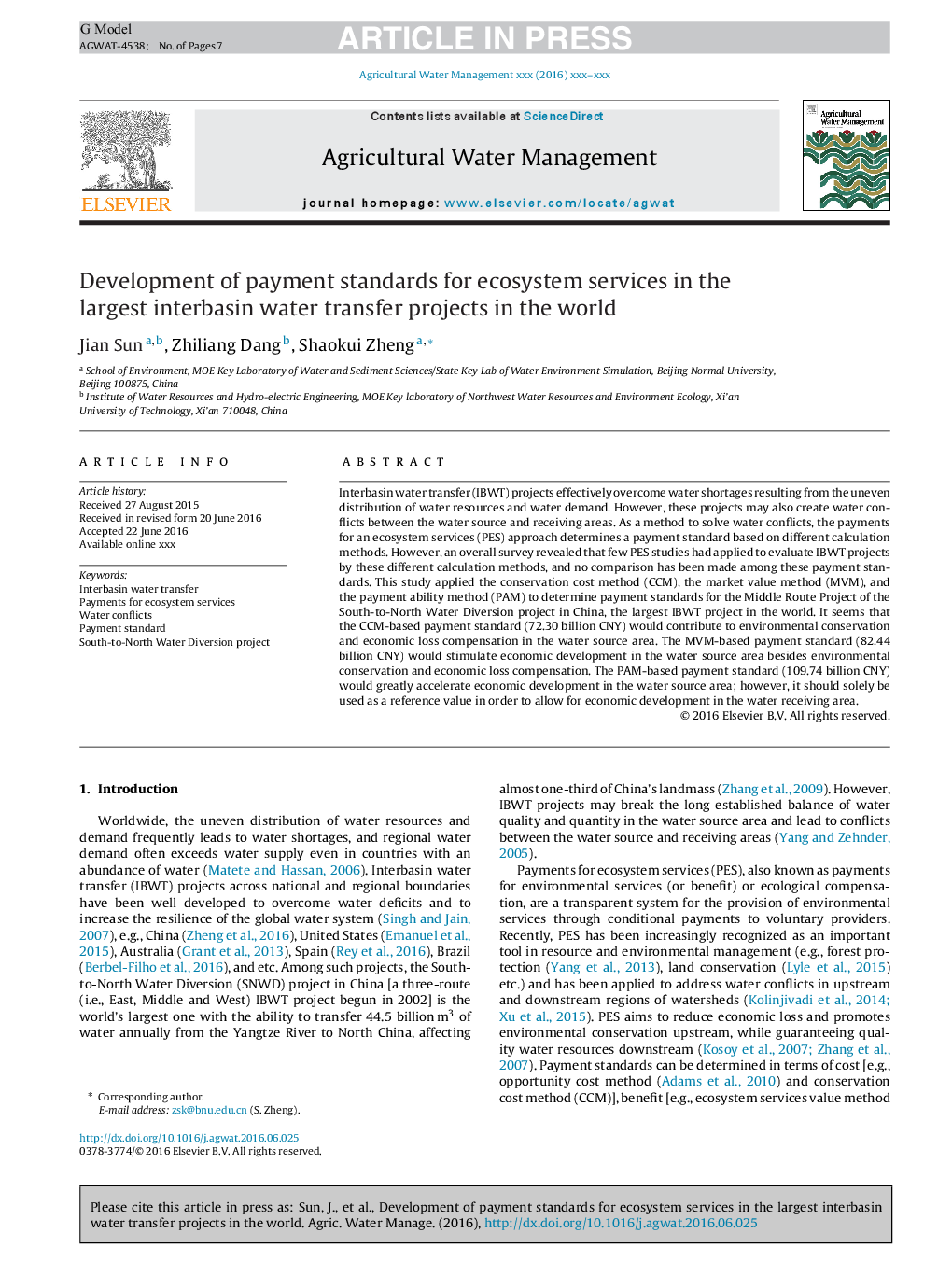ترجمه فارسی عنوان مقاله
توسعه استانداردهای پرداخت برای خدمات اکوسیستم در بزرگترین پروژه های بین المللی انتقال آب در جهان
عنوان انگلیسی
Development of payment standards for ecosystem services in the largest interbasin water transfer projects in the world
| کد مقاله | سال انتشار | تعداد صفحات مقاله انگلیسی |
|---|---|---|
| 147798 | 2017 | 7 صفحه PDF |
منبع

Publisher : Elsevier - Science Direct (الزویر - ساینس دایرکت)
Journal : Agricultural Water Management, Volume 182, 1 March 2017, Pages 158-164

